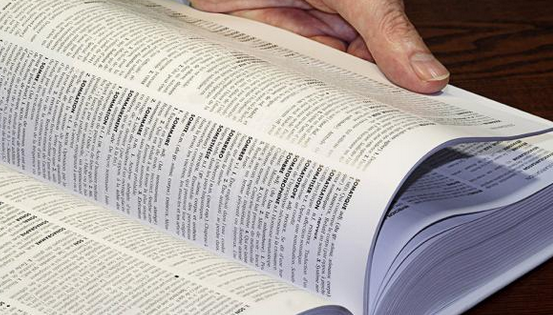
Linguistic Files of the Academy of Gallo
Cards of Standardization for Gallo

 Linguistic Files of the Academy of GalloCards of Standardization for Gallo |
You are not logged in : no training follow-up recorded
A remarkable phenomenon in Romance languages is the vocalization of the anteconsonant Latin L.
Together with the preceding vowel, it forms a diphthong. However, we no longer know any diphthongs in French, as they have diminished over time.
This is not the case in Gallo, where they have been maintained to this day. Overall, we know 4 diphthongs:
Let's look back at history. In what was to become the Roman domain, around the 8th or 9th century, the /l/ before the consonant became vocalized as /w/, creating specific diphthongs.
Gallo keeps track of this with the four vowels involved a, e, i, o.
French has since done away with all these diphthongs. The marks that remain in the language are purely graphic, notably with a (au, eau), without affecting the phonetic system. Let's just say they're graphic archaisms.
These movements did not affect other Latin languages (chaud → Catalan calenta, Castilian caliente, Italian caldo). They were most often realized in front of an "s", but not exclusively, as the previous example confirms.
If, around the year 1000, pronunciation in Romance Brittany is common with that of the entire Oïl domain, then to explain this divergence from present-day French, we would need to explain not the evolution of Gallo, but that of the French that became detached from it. This is not our subject.
The preservation of diphthongs remains emblematic of Gallo, even if semi-consonants, like consonants, have been amuitized. This semi-consonant /w/ has been noted by the adoption of the Latin "u" for its French spelling since medieval texts.
And in Gallo, how do you transcribe it?